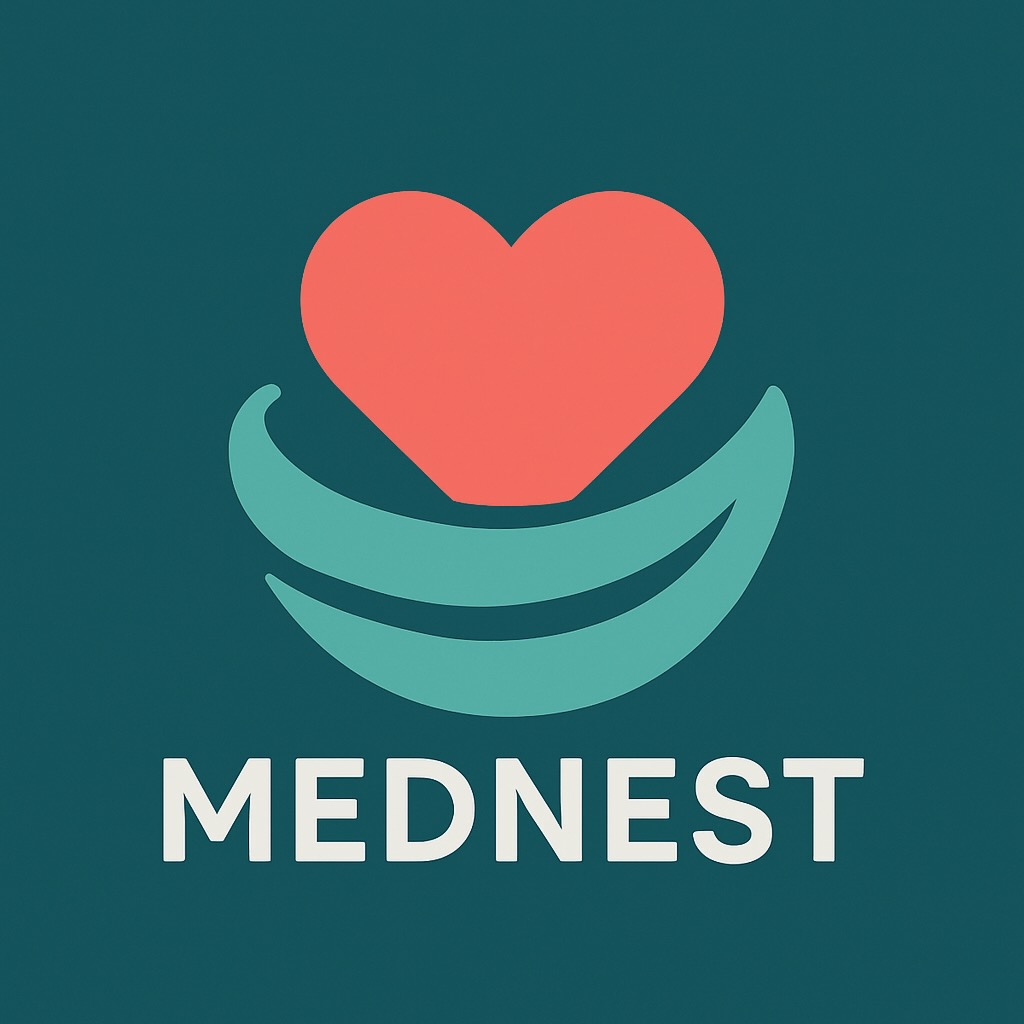🔍 What Is Pneumonic Plague? (Meaning & Overview)
Pneumonic plague is a severe, often fatal lung infection caused by the bacterium Yersinia pestis and affects the body on a large scale. It can cause serious injury if left untreated.
Unlike bubonic plague, which affects the lymph nodes, pneumonic plague directly invades the lungs, leading to fluid buildup, severe respiratory distress, and rapid deterioration.
This form of plague can be:
-
Primary – spreading directly from person to person through respiratory droplets
-
Secondary – developing from untreated bubonic or septicemic plague
🤒 Pneumonic Plague Symptoms
Watch for these pneumonic plague symptoms:
-
Sudden onset of fever and chills
-
Cough producing bloody or watery sputum
-
Shortness of breath and chest pain
-
Headache, weakness, and overall fatigue
These red‑flag signs often appear within 1–4 days of exposure. Take them seriously. Because it progresses rapidly, early recognition is critical.
“I never thought a cough would be so serious…” – A survivor’s reflection
🧬 What Causes Pneumonic Plague? (Is Caused By…)
Pneumonic plague is caused by the bacterium Yersinia pestis. It spreads primarily through respiratory droplets from infected individuals and harms the body extensively.
It can also develop from untreated bubonic plague caused by flea bites or contact with infected animals. The bacteria multiply quickly in the lungs, leading to an aggressive and dangerous infection.
🔁 Pneumonic Plague Transmission
Here’s how pneumonic plague is transmitted:
-
📌 Person‑to‑person via respiratory droplets – Coughing and sneezing are common ways it spreads.
-
⚠️ Flea bites – In regions with bubonic plague, fleas bite animals and transfer the bacteria to humans.
-
🦠 Contaminated surfaces or animals – Rare, but possible if infected lung secretions are touched.
🛡️ Precautions for Pneumonic Plague
Prevention is powerful. Use these pneumonic plague precautions to reduce risk:
-
Wear high-quality face masks (N95/KN95) — especially in crowded places or during outbreaks.
-
Practice proper hygiene — frequent hand-washing and use of sanitizer.
-
Avoid close contact with people showing symptoms of infection.
-
Use HEPA air purifiers to filter indoor air.
-
Stay informed and updated — if vaccines are available in your region, consult your doctor.
💊 Pneumonic Plague Treatment
Prompt treatment is critical. Doctors usually prescribe antibiotics like:
-
Streptomycin
-
Gentamicin
-
Ciprofloxacin
Standard care includes:
-
Hospital isolation
-
IV antibiotics and oxygen therapy
-
ICU monitoring if symptoms worsen
Using a pulse oximeter, staying hydrated, and resting are recommended while awaiting medical care.
📉 Mortality & Death Rate
The mortality rate of untreated pneumonic plague is nearly 100%.
Even with medical care, the death rate ranges from 30% to 60% in modern cases.
Before the antibiotic era, survival was rare. Quick treatment is the key to staying alive.
📜 Pneumonic Plague History
This disease has shaped human history:
-
The Black Death (14th century) — Wiped out 50–60% of Europe’s population.
-
Manchurian epidemic (1910–11) — Pneumonic plague killed thousands in Northeast China.
-
Modern outbreaks — In 2018, Madagascar reported over 2,000 cases, 70% of which were pneumonic.
Despite medical progress, its potential for outbreaks still exists.
📈 Why You Should Care
-
🌍 Global travel & climate change increase the spread of rare diseases.
-
⏱️ Early detection saves lives — symptoms escalate quickly.
-
🧼 Preparedness is key — masks, thermometers, and air purifiers help protect families.
✅ Summary Table
| Topic | Key Points |
|---|---|
| Meaning | Lung infection caused by Y. pestis |
| Symptoms | Fever, cough, chest pain, shortness of breath |
| Transmission | Droplets, fleas, contaminated surfaces/animals |
| Precautions | Masks, hygiene, air purifiers, social distancing |
| Treatment | Immediate antibiotics, ICU care, oxygen support |
| Mortality Rate | 30–60% with treatment; ~100% without |
| History | Black Death, Manchuria epidemic, recent Madagascar cases |
🛠️ Boost Your Protection with These Must-Haves
🛒 Products to protect yourself and your family:
📌 Final Takeaways
-
Recognize pneumonic plague symptoms early.
-
Respond fast with professional medical help.
-
Use preventive tools like masks and purifiers.
-
Don’t wait—prepare before it's too late.
💡 Let’s Humanize This
Imagine someone close to you gasping for air, a persistent cough worsening by the hour. These moments can be terrifying.
Now imagine having the tools—an oximeter, a thermometer, a plan—to act fast. These small steps could save a life.
🧠 A Little Psychology ⚡
People don’t prepare for what they can’t see. That’s human nature. But you don’t want to wait for symptoms before acting.
Psychologically, we take action when the risk feels real. Remind yourself:
“What if it was my child, my parent, or me?”
You’ve read the signs—now take action.
Protect your loved ones. Stay informed. Prepare early.
Because when seconds count, being ready saves lives.










0 Comments